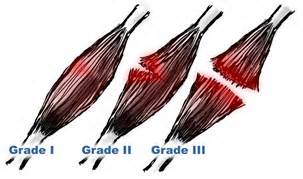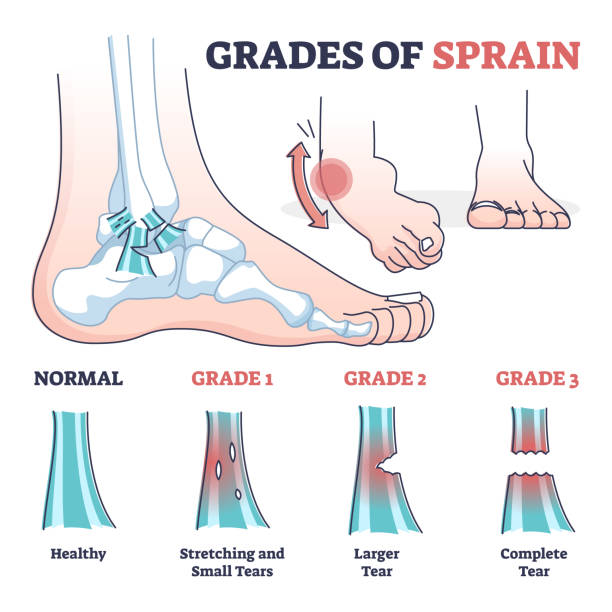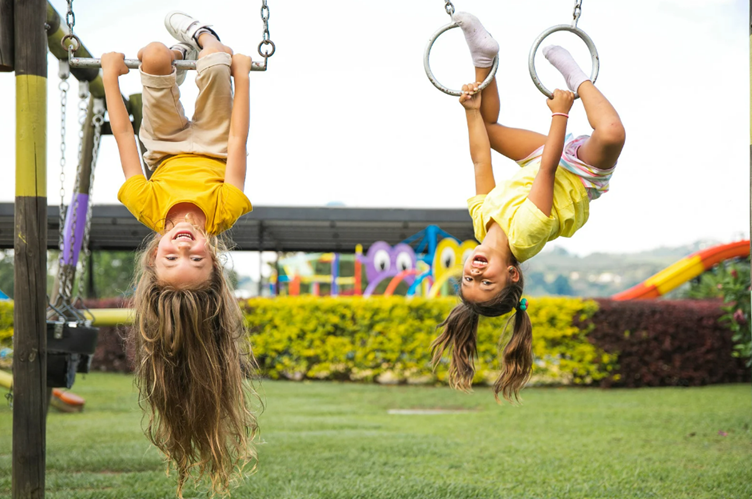Injury prevention in our sporting youth
Injuries are a common occurrence in active children and teens, ranging from trips and falls in the playground to more serious injuries during competitive sport.
All may, and often do, have negative consequences for the individual –like missing out on training days, being placed on the bench, and even missing out on competition or game days.
Seeing a health professional to manage injuries can feel a last resort, with many parents adopting a “she’ll be right” attitude towards injuries.
However, ignoring the injury and continuing sport can lead to much more serious and chronic injuries. It’s downhill from there, with the worsened injury meaning youths miss more sport long term and can’t play at their best. And if there’s one thing we know, it’s how seriously many youths take their sport.
So, how should you manage your child’s injury?
First, identify the extent of the injury
Not all injuries are equal and there are various types of injuries and growth-related conditions that occur.
Here are some common injuries you might encounter..
Muscle strains:
- Muscle strains occur when a muscle is overloaded, causing tearing of the muscle fibres.
- They are graded in 3 severity classifications.
Grade 1 = mild strain – Affects small number of muscle fibres- No reduction in strength, range of motion or stretch
Grade 2 = moderate strain – Affects nearly half the muscle fibres- Swelling, pain and reduction in strength
Grade 3 = severe strain – Complete rupture of muscle fibres- Severe swelling, pain and loss of function

Joint sprains:
- Generally an injury to the collagen tissue supporting a joint such as a ligament that joins two bones
- A sprain is usually caused by the joint being suddenly forced outside its usual range of movement and a ligament (which is not elastic) is stretched too far for its capacity.

Growth related injuries:
- Sever’s Disease: the painful inflammation of a growth plate in the heel of the foot where the Achilles tendon attaches. Often caused by repetitive forces or traction during rapid growth periods.
- Osgood Schlatter disease: painful inflammation of the patellar tendon where it attaches to a growth plate just below the knee joint. Often caused by repetitive traction and load through the tendon.
Bone injuries:
- ie. Stress fractures: a common injury in children which is a tiny crack in the bone often caused by overuse or repetitive weight bearing loads
Understanding the injury
Knowing the type of injury and how it took place helps to us understand what has been damaged, and how to best manage the injury.
Is the tendon, muscle, bone, or ligament injured? -Or is it a combination of these? Each have their own qualities, and this alters how we treat the injury. For example, muscle has contractile qualities whereas ligaments don’t, which influences the healing, progression and treatment of the injury.
Risk factors
Why our youth sustain an injury is not always straightforward and can often be complex.
Proper assessment including a whole body assessment can improve understanding of the injury, risk factors and reduce the risk of re-injury.
Many intrinsic and extrinsic risk factors play into injury or re-injury, and can include the following:
Intrinsic factors
- Age
- Biological sex
- Body composition
- Health
- Physical fitness – strength, flexibility, stability
- Developmental stage
- Anatomy
- Skill level – agility, sport specific
- Psychological factors
Extrinsic factors
- Sport specific factors
- Protective equipment
- Environment
Our aim is to identify and modify risk factors where possible to then reduce the risk of injury or even re-injury. Some of these risk factors may not be modifiable.

Factors to consider in rehabilitation of injuries:
At Infusion, we often see teens and younger children who enjoy a multitude of sports when attending school. However, they may not have trained their bodies sufficiently to withstand the loads placed on them during sport, and often don’t have adequate rest and recovery in between sporting days.
When preventing or rehabilitating an injury, it is very important to schedule adequate rest and understand the load and activities they will be participating in throughout the week. Often teens love and continue to be active when recovering from an injury, but it is best to focus on a gradual load increase rather than big spikes in loads.

How to reduce injury risk
To put it simply, not all injuries are 100% preventable. Accidents happen, and sport is often unpredictable. However, what you and your young ones can do, is ensure they are conditioning their bodies to their sport and understand their weaknesses.
Seeing a Physiotherapist can not only help a current injury but can also help reduce risk of injury or re-injury in young athletes. It is important to build resilience to external factors. Often this means targeting the modifiable risks (intrinsic or extrinsic) and using injury prevention strategies to alter those risks and build better resilience to the potential stresses and conditions the body will be placed in.
Long term athlete development

As simple as things seem, one of the most important factors to consider is long term athlete development (LTAD). This means developing physical qualities in a child, along with their long-term goals, whilst keeping in mind their stage of maturation. Considering the child’s age and the stage of their development is important as it will determine how the child is trained, conditioned or what programming they should have. Some exercises and loads may be inappropriate at certain ages, so it is important to establish what they can and can’t do for training.
How we can help
Here at Infusion, we like to use a combination of guided exercise in the form of Pilates and the GYROTONIC EXPANSION SYSTEM® for strength, stability and control work, as well as sport specific conditioning exercises in and out of the practice.
Identifying the areas of weakness and strengthening them already reduces those risk factors to injury and makes for a fit and conditioned child.
Understanding the requirements of a specific sport and what kind of injuries are common can also be key in directing an athlete or sporting child to an appropriate conditioning program.
If you’re unsure whether your child or teenager needs physio input or rehab, we always recommend booking an initial consultation so we can do a holistic assessment to discuss what stage of training your child is at and what risk factors we can address to avoid injury.
Physiotherapist
Marilie Birkett


